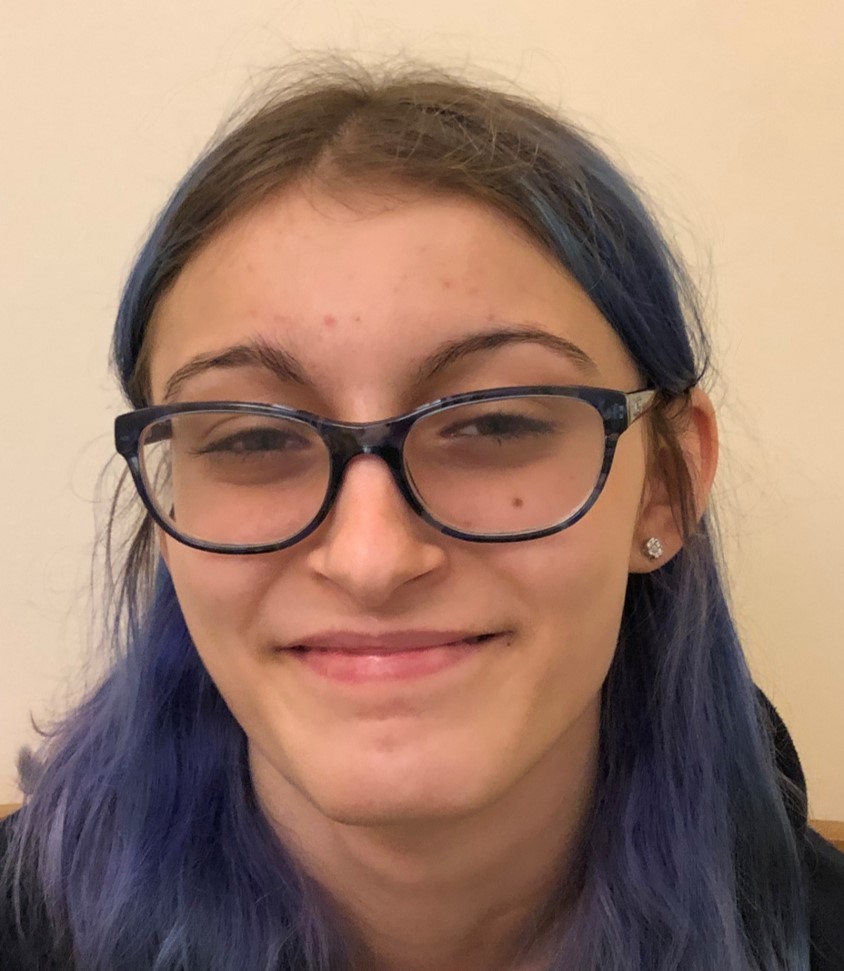Below is a summary of the abstract you submitted. Presenting author(s) is shown in bold.
If any changes need to be made, you can modify the abstract or change the authors.
You can also download a .docx version of this abstract.
If there are any problems, please email Dan at dar78@pitt.edu and he'll take care of them!
This abstract was last modified on May 14, 2019 at 9:39 a.m..

UMW Phage Hunters classes have been isolating phages from Bacillus hosts since 2011. Our host this year was B. thuringiensis subsp. Kurstaki, which has been used as microbial insecticide for pest control and is used as a simulant for Bacillus anthracis in biowarfare/bioterrorism studies. Of the 17 phages isolated this year, two (Grumio and FreightTrain) were sequenced. Both were isolated from enriched cultures, both were myoviruses, and Grumio was found in soil from Woodbridge, VA, while FreightTrain was isolated from soil collected in Fredericksburg, VA. Grumio has a genome length of 161,495 bp, which autoannotated with 294 features, a direct terminal repeat of 2,585 bp, and a GC content of 38.7%. Grumio is most similar to Archie14, ALPS and Rex16 by BLAST. FreightTrain has a genome length of 162,107 bp, which autoannotated with 297 features, a direct terminal repeat of 2,823 bp and a GC content of 38.7% and is most similar to DIGNKC, Zuko and AaronPhadges. Neither phage contained any tRNA genes when searched with tRNA Scan. A host range study was conducted with Grumio, demonstrating that it could infect both B. subtilis and B. anthracis Delta Sterne in addition to B. thuringiensis. Both phages belong to subcluster C1.

